
-
![Universiyt of St. Andrews Logo]()
Dr Lethy Krishnan Jagadamma, Leader of the Energy Harvesting Research Group, University of St Andrews, UK
“In our Energy Harvesting Research Group, we have started using both PAIOS and SETFOS for the characterization of perovskite solar cells very recently. We find both tools very helpful in understanding the device physics of perovskite solar cells and different kinds of charge carrier losses through recombination. The multitude of characterization facilities such as light intensity-dependent J-V, Capacitance-Voltage measurement, transient photovoltaic and transient photocurrent, impedance measurement and charge transport characterization such as SCLC and CELIV all integrated into one set-up is so versatile to give an overview of different loss mechanisms and strength of one device structure over the other. Our research is particularly focussing on indoor photovoltaic development where the carrier management is stringent due to the low intensity and low carrier concentration. We have found PAIOS an excellent supportive tool to enhance our research.”
-
![CSIRO logo]()
Dr Gregory J. Wilson, Research Group Leader, CSIRO Energy, Newcastle, Australia
“Paios and Setfos have been an asset to our research capability in CSIRO Energy and a key tool in our research and assessment of next generation thin-film photovoltaics, in particular, organic and perovskite solar cells. One of the key points of differentiation – and a clear attraction – has been the flexibility of the system and the ease in which user-defined experiments can be created. Our Team has appreciated the interaction with Fluxim and realised this has been much more than a transactional experience – we’ve formed a real partnership between developers and researchers.”
-
![Karlstads University Logo]()
Suraj Prasad, Engineering and Physics Group, Karlstads University
“I recently started using Paios. I have done some measurements for eg Photo CELIV, Charge extraction etc. Indeed, I need to work on analysis part. Results are promising. Hope soon we will publish some results. I am happy with PAIOS instrument. 😊.”
-
![TUE university Logo]()
Tom van der Hofstad, Eindhoven University of Technology, The Netherlands
“The automated measurement platform Paios allows one to perform a series of measurements on organic solar cells within a matter of minutes, which otherwise would have taken days.”
-
![KAIST logo]()
Prof. Dr. Seung Jae Baik, Korea Advanced Institute of Science and Technology (KAIST), South Korea
“We successfully characterized the transient response of silicon-based solar cells with the Paios measurement system. For instance, we were able to determine the electron mobility and photo-carrier lifetime.”
-
![ZHAW logo]()
Dr. Markus Regnat, ZHAW School of Engineering, Switzerland
“As an OLED researcher, I am very thankful for the Fluxim tools we have in our Group at ZHAW. Thanks to Paios and Phelos I can characterize my OLEDs in various regimes, such as transient, frequency, or steady-state and angle-dependent, and this all by just a few clicks. Thanks to the simulation software Setfos I can set up an electro-optical device model to reproduce the experimental data, which helps me to understand better the physics inside the OLED. Knowing the emission zone or the charge carrier distribution of an OLED can give you hints on efficiency or lifetime improvements.”
-
![UCL logo with a stylized building icon on a black background.]()
Prof. Dr. Mojtaba Abdi Jalebi, University College London
"We have Fluxim's Paios equipment installed in our lab, and it has been extremely useful across many of our research projects. Paios has provided us with valuable insights into charge carrier mechanisms within perovskite solar cells and LEDs. Its advanced capabilities have helped us better understand how these devices function and how to optimize their performance. It’s a powerful and reliable tool that plays a central role in our characterization workflows."
-
![]()
Gabriel Leonardo Nogueira, PhD. Postdoctoral Research Fellow Laboratory of Novel Materials and Devices (LNMD) School of Sciences (FC/Unesp) - Bauru, Brazil
“Paios was essential in validating our unified analytical framework for charge transport and hysteresis in perovskite solar cells. In particular, the Sinus-J-V function allowed us to probe the transition from a capacitive to an inductive-like response across frequencies. The versatility of Paios enabled us to combine small- and large-signal characterizations within a single experimental workflow.”
-
![]()
Nick Rolston Assistant Professor | School of Electrical, Computer & Energy Engineering Graduate Faculty | Materials Science & Engineering | Chemical Engineering Arizona State University
We have been using PAIOS for more than 3 years and benefitted tremendously from the extensive range of capabilities provided by the tool. The ability to truly have an all-in-one semiconductor analysis platform allows for all the desired measurements of a photovoltaic device (I-V, transient response, impedance, and temperature-induced activation energies are a few examples) in an automated fashion. We have also leveraged the usage of SETFOS to better understand the underlying physics of the phenomena we are measuring, and I would like to specifically call out the excellent technical support provided by Fluxim. They help us not just with troubleshooting but also with analysis and interpretation of our results
Research Papers enabled with Paios
Edoardo Stanzani, Stefano Sem, Simon Züfle, Beat Ruhstaller, Sandra Jenatsch,
Organic Electronics, Volume 139, 2025, 107204, ISSN 1566-1199
Sota Kikuchi, Takayuki Okamoto, Mengmeng Chen, Shen Qing, Shuzi Hayase,
Next Materials, Volume 3, 2024, 100098, ISSN 2949-8228
Sota Kikuchi, Takayuki Okamoto, Mengmeng Chen, Shen Qing, Shuzi Hayase,
Next Materials, Volume 3, 2024, 100098, ISSN 2949-8228
Lei Gao, Helin Wang, Qiang Guo, Zongtao Wang, Fan Yuan, Erjun Zhou,
Chemical Engineering Journal, Volume 480, 2024, 148277, ISSN 1385-8947
C.-H. Chen, M.-H. Yu, Y.-Y. Wang, Y.-C. Tseng, I. Chao, I. Ni, B.-H. Lin, Y.-J. Lu, C.-C. Chueh,
Small 2024, 2307774.
Ying Zhang, Wanyuan Deng, Christopher E. Petoukhoff, Xinxin Xia, Yongwen Lang, Hao Xia, Hua Tang, Hrisheekesh Thachoth Chandran, Sudhi Mahadevan, Kuan Liu, Patrick W.K. Fong, Yongmin Luo, Jiaying Wu, Sai-Wing Tsang, Frédéric Laquai, Hongbin Wu, Xinhui Lu, Yang Yang, Gang Li
Joule, 2024, , ISSN 2542-4351
Nayrim Brizuela Guerra, João Victor Morais Lima, Natan Luis Nozella, Miguel Henrique Boratto, João Vitor Paulin, and Carlos Frederico de Oliveira Graeff
ACS Applied Bio Materials Article ASAP
C.-H. Chen, M.-H. Yu, Y.-Y. Wang, Y.-C. Tseng, I. Chao, I. Ni, B.-H. Lin, Y.-J. Lu, C.-C. Chueh,
Small 2024, 2307774.
Hang Hu; An, Sophie X.; Li, Yang; Orooji, Seyedamir; Singh, Roja; Schackmar, Fabian; Laufer, Felix; Jin, Qihao; Feeney, Thomas; Diercks, Alexander; Gota, Fabrizio; Moghadamzadeh, Somayeh; Pan, Ting; Rienäcker, Michael; Peibst, Robby; Nejand, Bahram Abdollahi; Paetzold, Ulrich W.
Energy Environ. Sci.2024,17, 2800-2814.
Zhang, Z., Wang, L., Bi, H., Baranwal, A. K., Kapil, G., Sanehira, Y., Liu, J., Liu, D., Shen, Q., Hayase, S.,
Adv. Optical Mater. 2023, 2300962.
Dr. Camilla Arietta VAEL-GARN
Ph. D Thesis, EPFL , 12 Sept. 2023
S. Alam, H. Aldosari, C. E. Petoukhoff, T. Váry, W. Althobaiti, M. Alqurashi, H. Tang, J. I. Khan, V. Nádaždy, P. Müller-Buschbaum, G. C. Welch, F. Laquai
Adv. Funct. Mater. 2023, 2308076.
Sasiphapa Rodbuntum, Nuttaya Sukgorn, Narong Chanlek, Hideki Nakajima, Nopporn Rujisamphan, Pipat Ruankham, Duangmanee Wongratanaphisan, Anusit Kaewprajak, and Pisist Kumnorkaew
ACS Applied Energy Materials 2023 6 (20), 10364-10375
Wolfe, K. M.; Alam, S.; German, E.; Alduayji, F. N.; Alqurashi, M.; Laquai, F.; Welch, G. C. Beilstein J. Org. Chem. 2023, 19, 1620–1629
H. Bi, J. Liu, Z. Zhang, L. Wang, G. Kapil, Y. Wei, A. Kumar Baranwal, S. Razey Sahamir, Y. Sanehira, D. Wang, Y. Yang, T. Kitamura, R. Beresneviciute, S. Grigalevicius, Q. Shen, S. Hayase, Adv. Sci. 2023, 10, 2304790.
H. Bi, J. Liu, Z. Zhang, L. Wang, G. Kapil, Y. Wei, A. Kumar Baranwal, S. Razey Sahamir, Y. Sanehira, D. Wang, Y. Yang, T. Kitamura, R. Beresneviciute, S. Grigalevicius, Q. Shen, S. Hayase, Adv. Sci. 2023, 10, 2304790.
Xin Zhang, Stijn Eurelings, Andrea Bracesco, Wenya Song, Stijn Lenaers, Wouter Van Gompel, Anurag Krishna, Tom Aernouts, Laurence Lutsen, Dirk Vanderzande, Mariadriana Creatore, Yiqiang Zhan, Yinghuan Kuang, and Jef Poortmans
ACS Applied Materials & Interfaces 2023 15 (40), 46803-46811
Xin Zhang, Stijn Eurelings, Andrea Bracesco, Wenya Song, Stijn Lenaers, Wouter Van Gompel, Anurag Krishna, Tom Aernouts, Laurence Lutsen, Dirk Vanderzande, Mariadriana Creatore, Yiqiang Zhan, Yinghuan Kuang, and Jef Poortmans
ACS Applied Materials & Interfaces 2023 15 (40), 46803-46811
Md. Abdul Karim, Kiyoto Matsuishi, Md. Emrul Kayesh, Yulu He, and Ashraful Islam
ACS Applied Materials & Interfaces 2023 15 (39), 45823-45833
M. P. A. Nanayakkara, Q. He, A. Ruseckas, A. Karalasingam, L. Matjacic, M. G. Masteghin, L. Basiricò, I. Fratelli, A. Ciavatti, R. C. Kilbride, S. Jenatsch, A. J. Parnell, B. Fraboni, A. Nisbet, M. Heeney, K. D. G. I. Jayawardena, S. R. P. Silva, Adv. Sci. 2023, 10, 2304261.
Huan Bi, Jiaqi Liu, Raminta Beresneviciute, Daiva Tavgeniene, Zheng Zhang, Liang Wang, Gaurav Kapil, Chao Ding, Shahrir Razey Sahamir, Yoshitaka Sanehira, Ajay Kumar Baranwal, Takeshi Kitamura, Dandan Wang, Yuyao Wei, Yongge Yang, Dong-Won Kang, Saulius Grigalevicius, Qing Shen, and Shuzi Hayase
ACS Applied Materials & Interfaces 2023 15 (35), 41549-41559
Yajie Cheng, Junjie Ma, Huaiqing Luo, Meng Cai, Tangyue Xue, Guanghui Yu, Ziqiu Ren, Yanlin Song, Shou Peng, Yiqiang Zhang,
Nano Energy, Volume 115, 2023, 108690, ISSN 2211-2855
H. Fu, J. Peng, L. Xiang, Q. Zhang, X. Tan and Y. Lei,
IEEE Transactions on Electron Devices, vol. 70, no. 6, pp. 3239-3244, June 2023
Irfan Habib, Pascal Kaienburg, Dondong Xia, Olivia Gough, Ming Zhu, Joseph Spruce, Weiwei Li, Moritz Riede;
APL Mater. 1 June 2023; 11 (6): 061128.
Pengyu Su, Huan Bi, Du Ran, Li Liu, Wenjing Hou, Guangzhao Wang, Wenbing Shi,
Chemical Engineering Journal, Volume 472, 2023, 145077, ISSN 1385-8947
Liu, L., Tang, J., Li, S., Yu, Z., Du, J., Bai, L., Li, X., Yuan, M. and Jiu, T. (2023),
Adv. Funct. Mater., 33: 2303038.
Mohammed Sahal, Jie Molloy, Venkateshwaran Ravi Narayanan, Leila Ladani, Xiaochuan Lu, and Nicholas Rolston
ACS Omega 2023 8 (31), 28651-28662
Abu Bakar Siddik, Epimitheas Georgitzikis, Yannick Hermans, Jubin Kang, Joo Hyoung Kim, Vladimir Pejovic, Itai Lieberman, Pawel E. Malinowski, Andriy Kadashchuk, Jan Genoe, Thierry Conard, David Cheyns, and Paul Heremans
ACS Applied Materials & Interfaces 2023 15 (25), 30534-30542
J. H. Siew, Y. -H. Chen, Y. -L. Chang, C. -H. Lai and T. -Y. Lin,
IEEE Journal of Photovoltaics, vol. 13, no. 4, pp. 503-509, July 2023,
Lin-jie Yang, Wenye Xuan, David Webster, Lethy Krishnan Jagadamma, Teng Li, David N. Miller, David B. Cordes, Alexandra M. Z. Slawin, Graham A. Turnbull, Ifor D. W. Samuel, Hsin-Yi Tiffany Chen, Philip Lightfoot, Matthew S. Dyer, and Julia L. Payne
Chemistry of Materials 2023 35 (10), 3801-3814
Juanita Hidalgo, Yu An, Dariia Yehorova, Ruipeng Li, Joachim Breternitz, Carlo A.R. Perini, Armin Hoell, Pablo P. Boix, Susan Schorr, Joshua S. Kretchmer, and Juan-Pablo Correa-Baena
Chemistry of Materials 2023 35 (11), 4181-4191
Li, Y., Wu, X., Zuo, G., Wang, Y., Liu, X., Ma, Y., Li, B., Zhu, X.-H., Wu, H., Qing, J., Hou, L., Cai, W.,
Adv. Funct. Mater. 2022, 2209728.
Farag, A., Feeney, T., Hossain, I. M., Schackmar, F., Fassl, P., Küster, K., Bäuerle, R., Ruiz-Preciado, M. A., Hentschel, M., Ritzer, D. B., Diercks, A., Li, Y., Nejand, B. A., Laufer, F., Singh, R., Starke, U., Paetzold, U. W.,
Adv. Energy Mater. 2023, 2203982.
Can Zhu, Ke Hu, Lei Meng, Xiaolei Kong, Wenbin Lai, Shucheng Qin, Beibei Qiu, Jinyuan Zhang, Zhanjun Zhang, Yilei Wu, Xiaojun Li, and Yongfang Li
CCS Chem. Jan 4, 2023,
Muhammad Abdel-Shakour, Kiyoto Matsuishi, Towhid H. Chowdhury, Ashraful Islam,
Solar Energy Materials and Solar Cells,
Volume 254, 2023, 112241, ISSN 0927-0248
Zheng Dai, Qiang Guo, Yuanjia Ding, Zhibin Wang, Naizhong Jiang, and Erjun Zhou
ACS Appl. Mater. Interfaces 2023, 15, 7, 9784–9791
Publication Date:February 9, 2023
Qiang Guo, Zheng Dai, Chuanqi Dong, Yuanjia Ding, Naizhong Jiang, Zhibin Wang, Lei Gao, Chen Duan, Qing Guo, Erjun Zhou,
Chemical Engineering Journal, Volume 461, 2023, 142025, ISSN 1385-8947
Li, B., Huang, X., Wu, X., Zuo, Q., Cao, Y., Zhu, Q., Li, Y., Xu, Y., Zheng, G., Chen, D., Zhu, X.-H., Huang, F., Zhen, H., Hou, L., Qing, J., Cai, W., Adv. Funct. Mater. 2023, 2300216.
Seriwattanachai, C., Kaewprajak, A., Sukgorn, N. et al.
Journal of Materials Research (2023).
Yi Yang, Jingwen Wang, Yunfei Zu, Qing Liao, Shaoqing Zhang, Zhong Zheng, Bowei Xu, Jianhui Hou,
Robust and hydrophobic interlayer material for efficient and highly stable organic solar cells,
Joule, Volume 7, Issue 3, 2023, Pages 545-557, ISSN 2542-4351
Yiting Jiang, Zhengli Lu, Shengli Zou, Huagui Lai, Zhihao Zhang, Jincheng Luo, Yuanfang Huang, Rui He, Jialun Jin, Zongjin Yi, Yi Luo, Wenwu Wang, Changlei Wang, Xia Hao, Cong Chen, Xin Wang, Ye Wang, Shengqiang Ren, Tingting Shi, Fan Fu, Dewei Zhao,
Nano Energy, Volume 103, Part A, 2022, 107818, ISSN 2211-2855
Sun, Q., Tuo, B., Ren, Z., Xue, T., Zhang, Y., Ma, J., Li, P., Song, Y.
Adv. Funct. Mater. 2022, 2208885.
Weitz, P., Le Corre, V. M., Du, X., Forberich, K., Deibel, C., Brabec, C. J., Heumüller, T.,
Adv. Energy Mater. 2022, 2202564.
Markus Regnat, Chang-Ki Moon, Sandra Jenatsch, Beat Ruhstaller, Kurt P. Pernstich,
Organic Electronics, Volume 108, 2022, 106570, ISSN 1566-1199
Bingjun Wang, Sungho Nam, Saurav Limbu, Ji-Seon Kim, Moritz Riede, and Donal D. C. Bradley
Adv. Electron. Mater. 2022, 2101253
Vladimir Pejović, Epimitheas Georgitzikis, Itai Lieberman, Paweł E. Malinowski, Paul Heremans, David Cheyns
Adv Funct. Mat., (2022)
Matthias Diethelm, Michael Bauer, Wei-Hsu Hu, Camilla Vael, Sandra Jenatsch
Adv. Funct. Mater. 2022, 2106185
Wei-Hsu Hu, Camilla Vael, Matthias Diethelm, Karen Strassel, Surendra B. Anantharaman, Abdessalem Aribia, Marco Cremona, Sandra Jenatsch, Frank Nüesch, and Roland Hany
Adv. Optical Mater. 2022, 2200695
Yuliar Firdaus, Thomas D. Anthopoulos, et al
2022 Adv. Nat. Sci: Nanosci. Nanotechnol. 13 025001
Jianhua Jing, Sheng Dong, Kai Zhang,* Zhisheng Zhou, Qifan Xue, Yu Song, Zurong Du, Minrun Ren, and Fei Huang
Adv. Energy Mater. 2022, 2200453
Xiaoyu Gu, Xue Lai, Yuniu Zhang, Teng Wang, Wen Liang Tan, Christopher R. McNeill, Qian Liu, Prashant Sonar, Feng He, Wenhui Li, Chengwei Shan, and Aung Ko Ko Kyaw
Adv. Sci. 2022, 2200445
Leemans, J., Pejović, V., Georgitzikis, E., Minjauw, M., Siddik, A. B., Deng, Y.-H., Kuang, Y., Roelkens, G., Detavernier, C., Lieberman, I., Malinowski, P. E., Cheyns, D., Hens, Z.
Adv. Sci. 2022, 9, 2200844.
Qiwei Xu, I. Teng Cheong, Hanfa Song, Vien Van, Jonathan G. C. Veinot, and Xihua Wang
ACS Photonics 2022, 9, 8, 2792–2801
Dhruba B. Khadka, Yasuhiro Shirai, Masatoshi Yanagida, Terumasa Tadano, Kenjiro Miyano
Adv. Energy Mater. 2022, 2202029
Yuying Cui, Shurong Wang, Chengbo Li, Aili Wang, Jing Ren, Chenguang Yang, Bin Chen, Zhen Wang and Feng Hao
Green Chem., 2021,23, 3633-3641
Mengmeng Chen, Muhammad Akmal Kamarudin, Ajay K. Baranwal, Gaurav Kapil, Teresa S. Ripolles, Kohei Nishimura, Daisuke Hirotani, Shahrir Razey Sahamir, Zheng Zhang, Chao Ding, Yoshitaka Sanehira, Juan Bisquert, Qing Shen, and Shuzi Hayase
ACS Applied Energy Materials 2021 4 (6), 5615-5624
Zijian Deng, Xichuan Yang, Kaiyuan Yang, Li Zhang, Haoxin Wang, Xiuna Wang, and Licheng Sun
ACS Sustainable Chemistry & Engineering 2021 9 (15), 5252-5259
Pang Wang, Wei Li, Oskar J. Sandberg, Chuanhang Guo, Rui Sun, Hui Wang, Donghui Li, Huijun Zhang, Shili Cheng, Dan Liu, Jie Min, Ardalan Armin, and Tao Wang
Nano Lett. 2021, 21, 18, 7845–7854
Publication Date: September 10, 2021
Xie, Lisha; Xie, Junni; Wang, Shurong; Chen, Bin; Yang, Chenguang; Wang, Zhen; et al.
ACS Appl. Mater. Interfaces 2021, 13, 22, 26093–26101
Haibing Xie, Zaiwei Wang, Zehua Chen, ..., Michael Gratzel,
Anders Hagfeldt, Monica Lira-Cantu et al.
Joule Volume 5, Issue 5, 19 May 2021, Pages 1246-1266
Tianqi Niu, Yue-Min Xie, Qifan Xue, Sangni Xun, Qin Yao, Fuchao Zhen, Wenbo Yan, Hong Li, Jean-Luc Brédas, Hin-Lap Yip, Yong Cao
Adv. Energy Mater. 2021, 2102973.
Xu, Qiwei; Cheong, I Teng; Meng, Lingju; Veinot, Jonathan G. C.; Wang, Xihua
ACS Nano 2021, 15, 11, 18429–18436.
Le Wang, Feng Yu, Hong Zhao, Yufei Wang, Tianfu Gu, Wenyan Su, Quanbin Liang, Zhenfang Tang, Hongbin Wu, Lintao Hou
Organic Electronics, Volume 101, 2022
Kanyaporn Thubthong, Psisit Kumnorkaew, Anusit Kaewprajak, Khathawut Lohawet, Wiyada Saennawa, Vinich Promarak, Yingyot Infahsaeng,
Thin Solid Films, Volume 741, 2022, 139012
Bingjun Wang, Hao Ye, Moritz Riede, and Donal D. C. Bradley
ACS Applied Materials & Interfaces Article ASAP (Jan, 2021)
Jörn Langenickel; Alexander Weiß; Jörg Martin; Thomas Otto; Harald Kuhn
SPIE 11706, Light-Emitting Devices, Materials, and Applications XXV, 117061R (5 March 2021)
Zhenxi Wan, Shengqiang Ren, Huagui Lai, Yiting Jiang, Xiaojun Wu, Jincheng Luo, Yunfan Wang, Rui He, Qiyu Chen, Xia Hao, Ye Wang, Lili Wu, Iordania Constantinou, Wen-Hua Zhang, Jingquan Zhang, Dewei Zhao
Adv. Mat. Int. Volume8, Issue9 May 7, 2021, 2100135
Danyu Cui, Xiao Liu, Tianhao Wu, Xuesong Lin, Xinhui Luo, Yongzhen Wu, Hiroshi Segawa, Xudong Yang, Yiqiang Zhang, Yanbo Wang, Liyuan Han
Adv. Fun. Mat. Volume31, Issue25, June 16, 2021, 2100931
Qiyu Chen, Jincheng Luo, Rui He, Huagui Lai, Shengqiang Ren, Yiting Jiang, Zhenxi Wan, Wenwu Wang, Xia Hao, Ye Wang, Jingquan Zhang, Iordania Constantinou, Changlei Wang, Lili Wu, Fan Fu, Dewei Zhao
Adv. Energy Mater. 2021, 2101045.




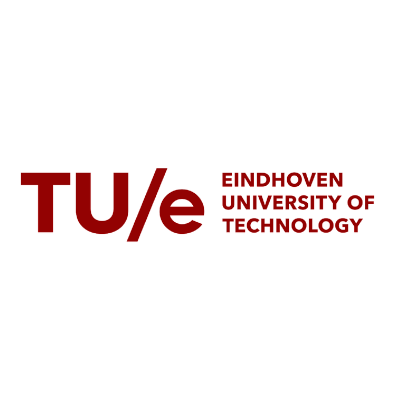








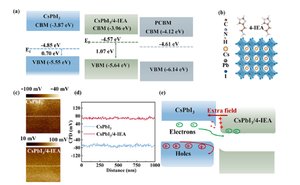



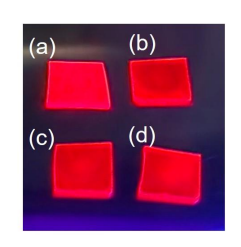

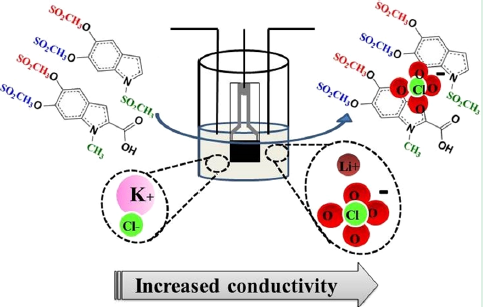
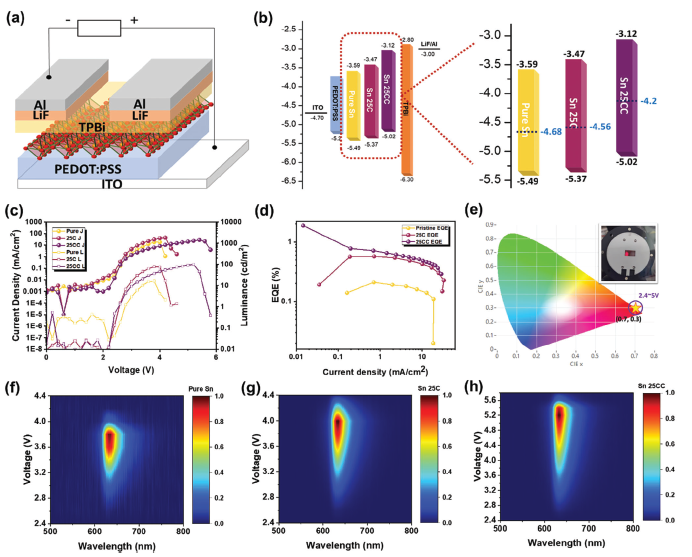
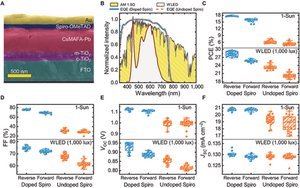

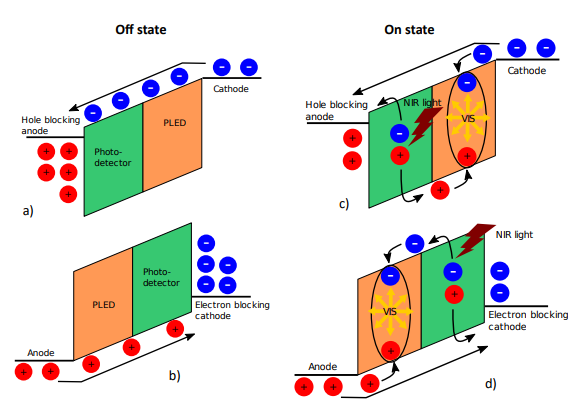





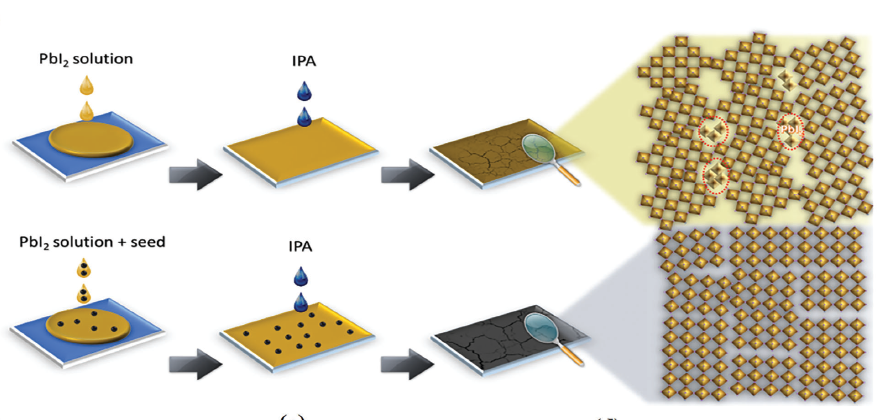
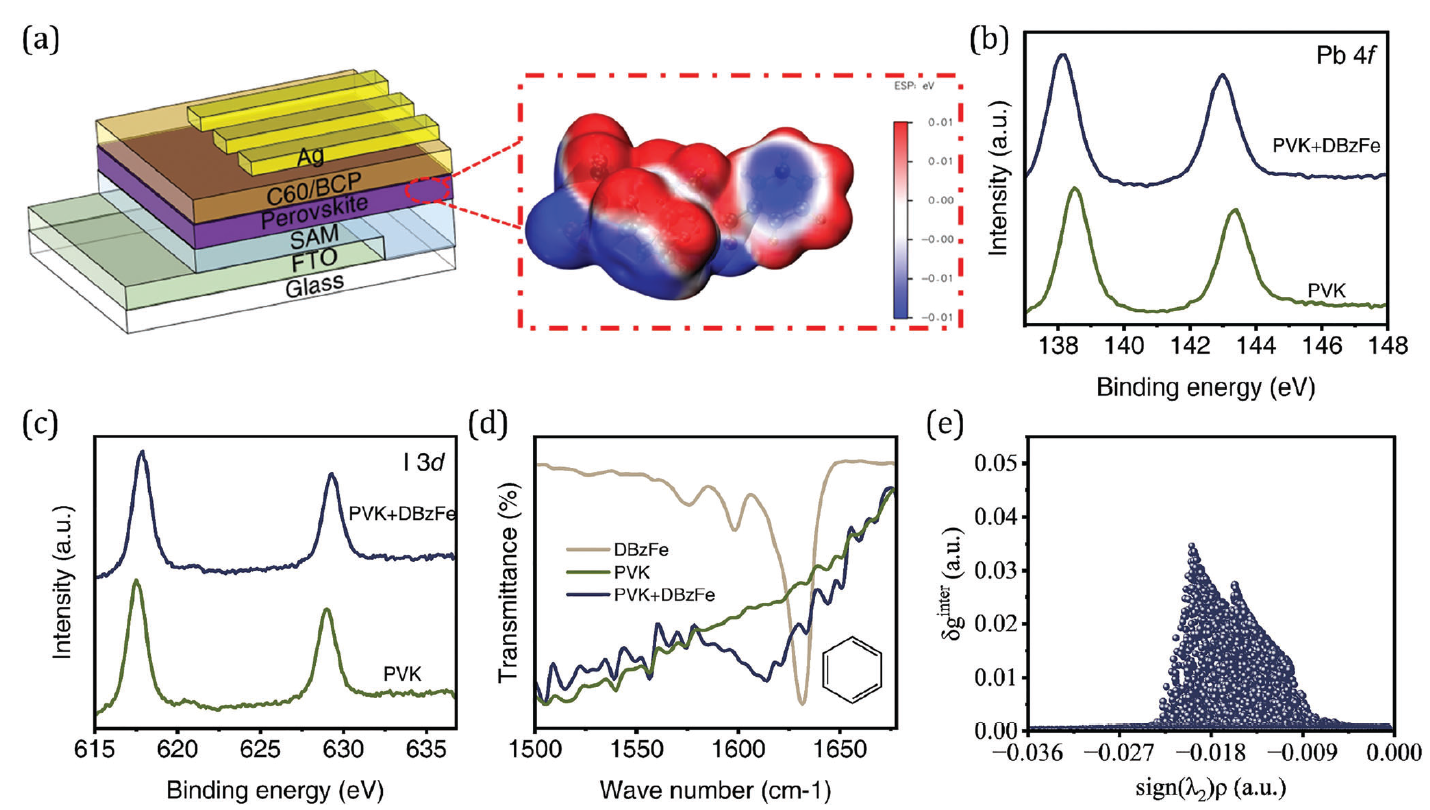




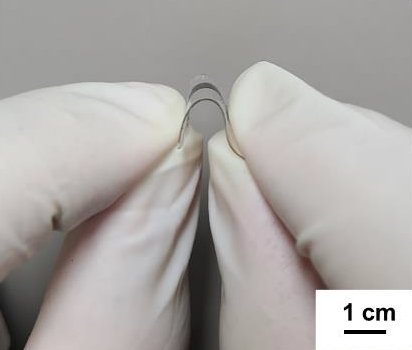

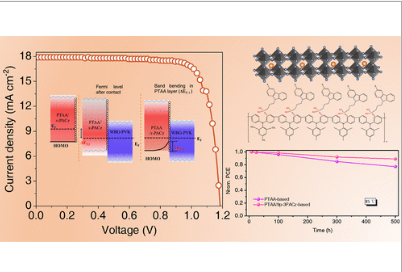
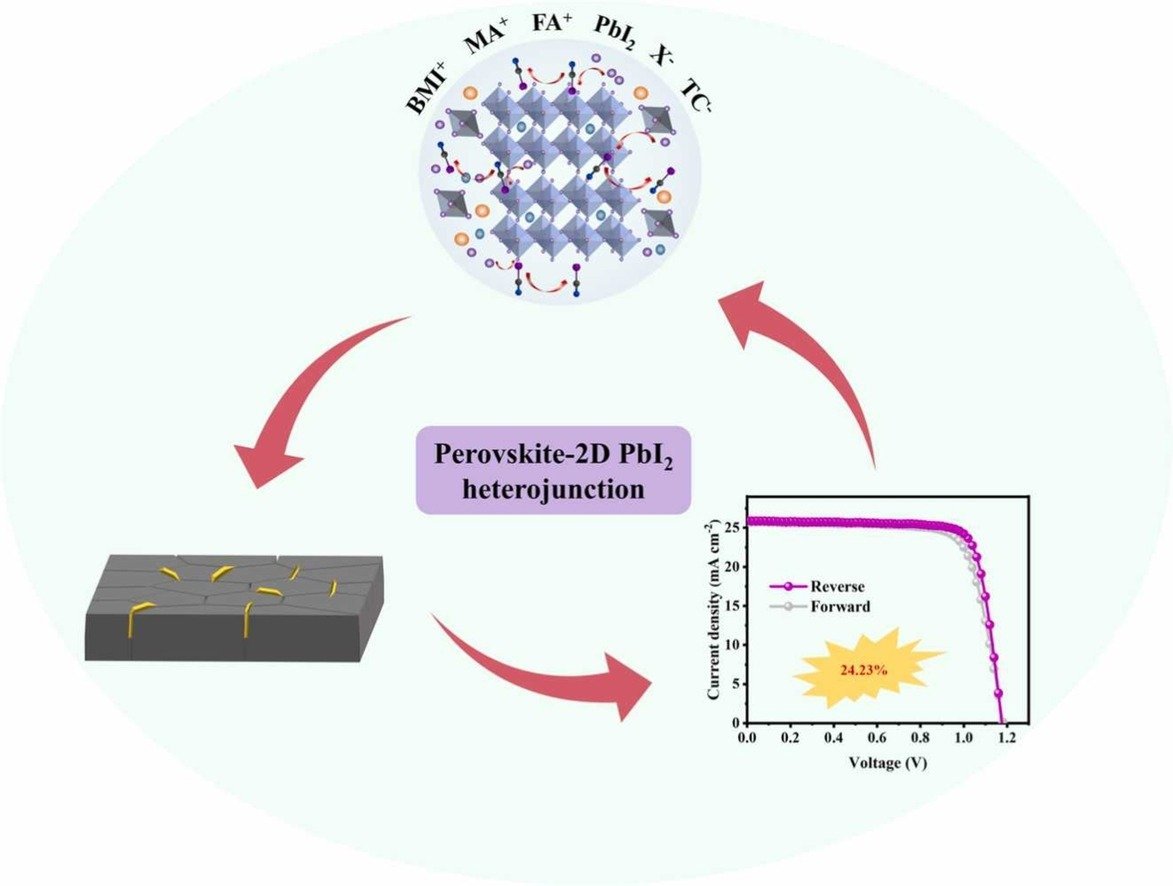
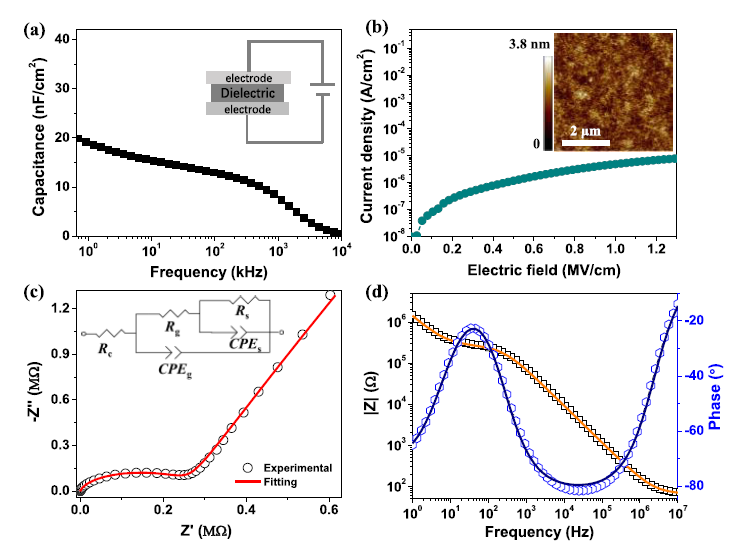
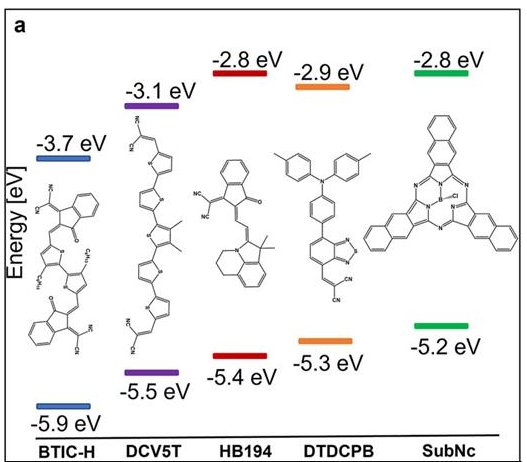
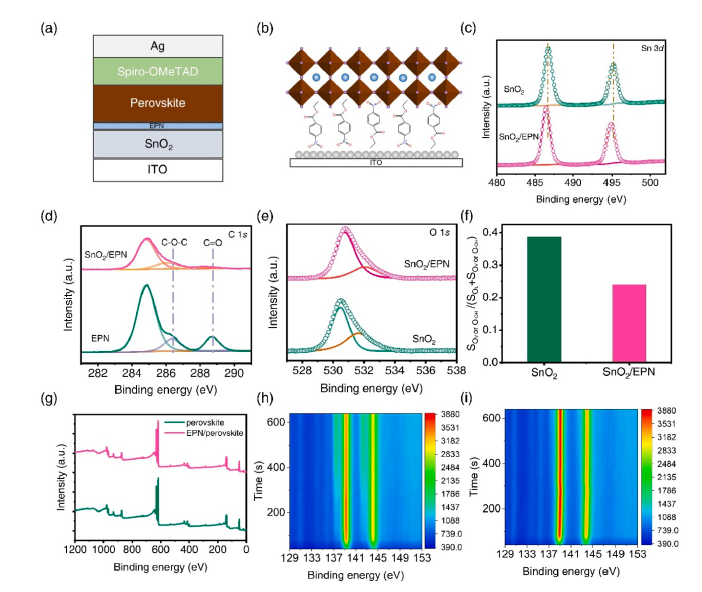

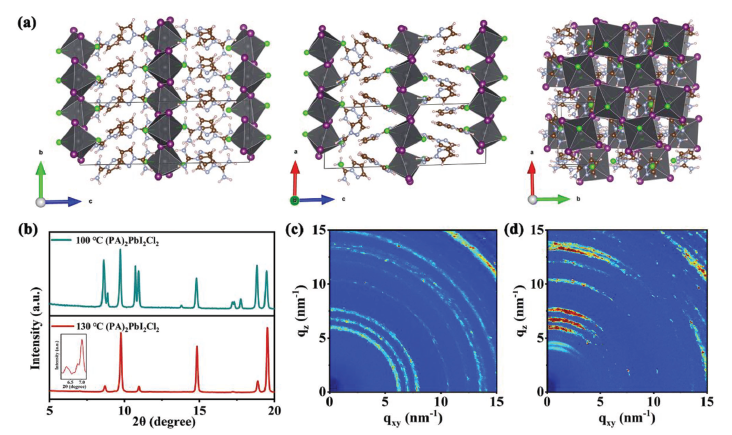
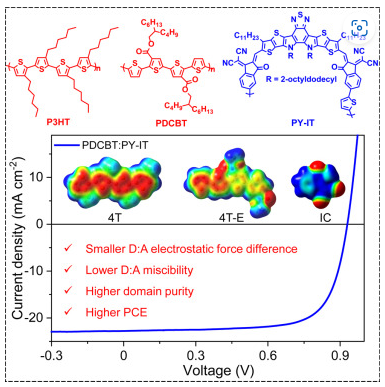

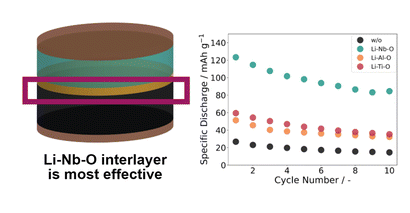

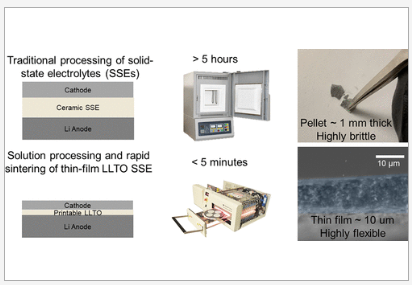
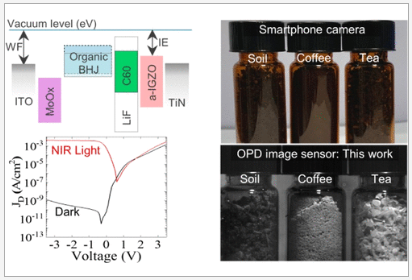
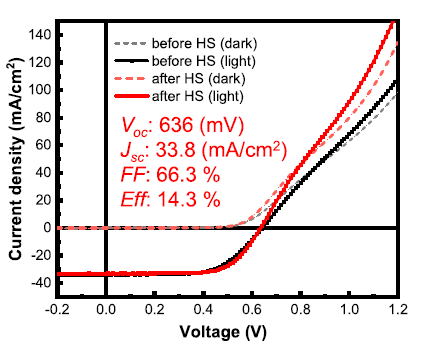


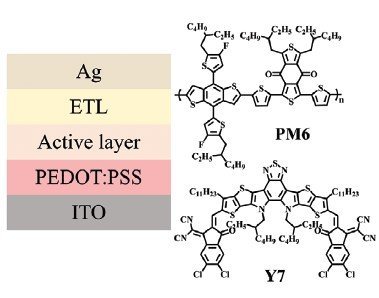
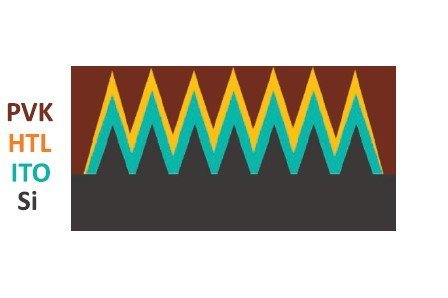




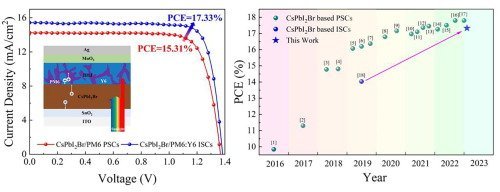

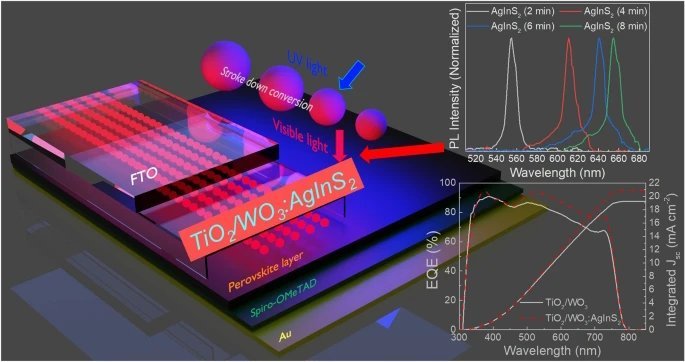
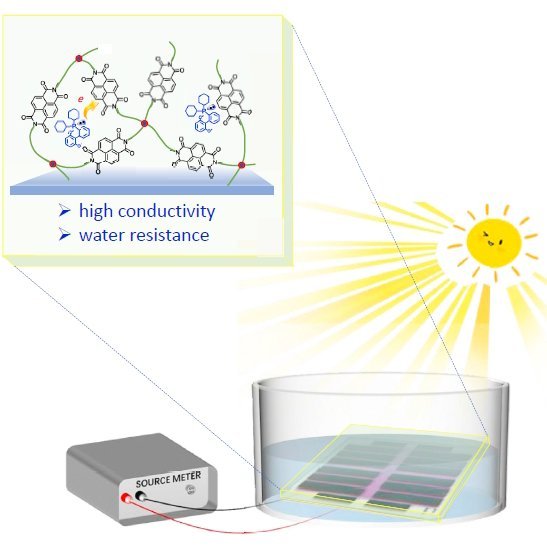
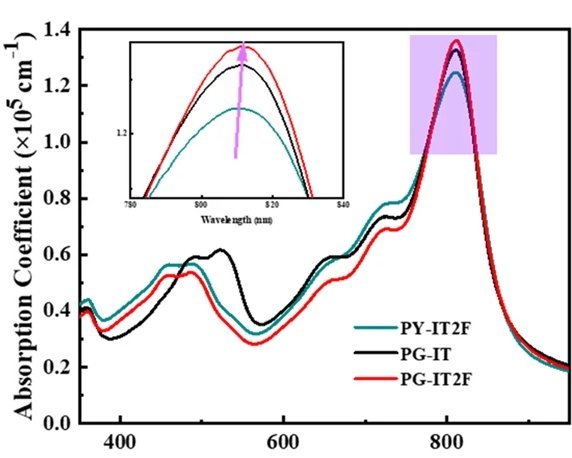
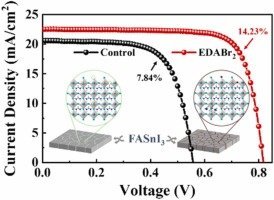

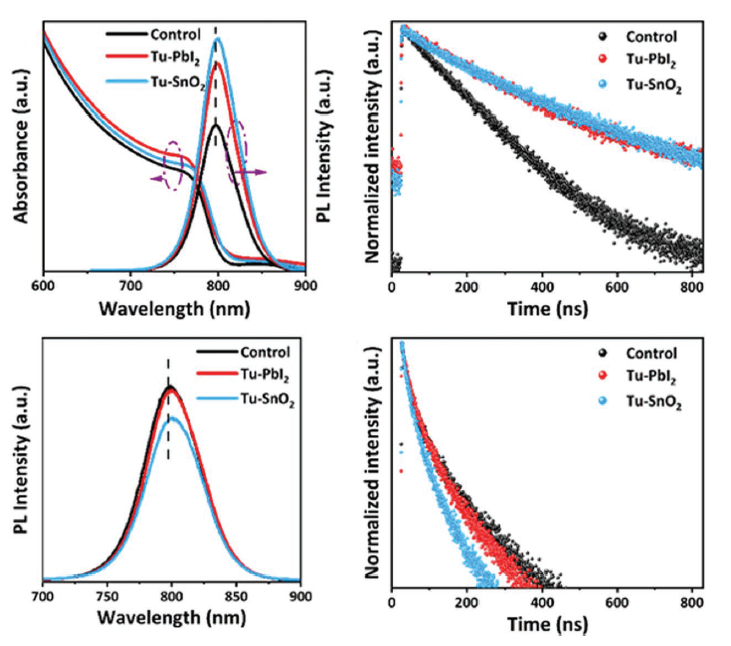
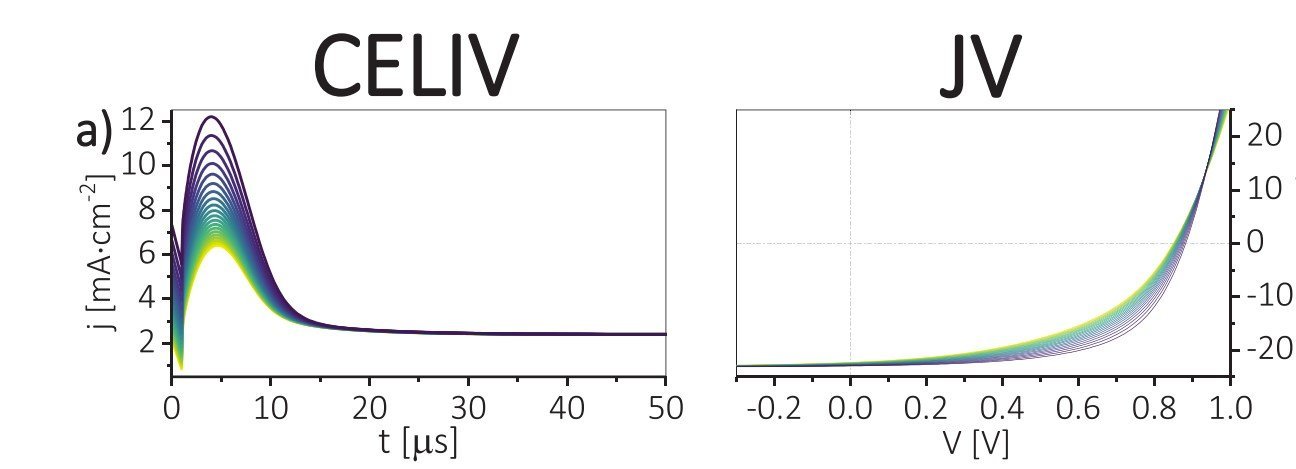
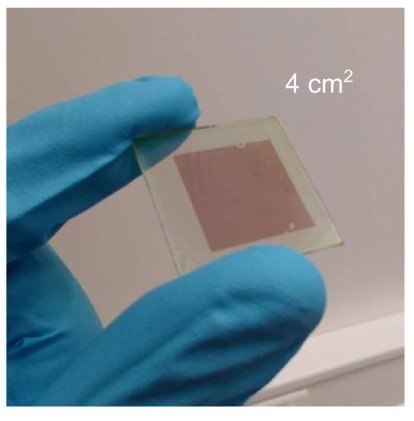


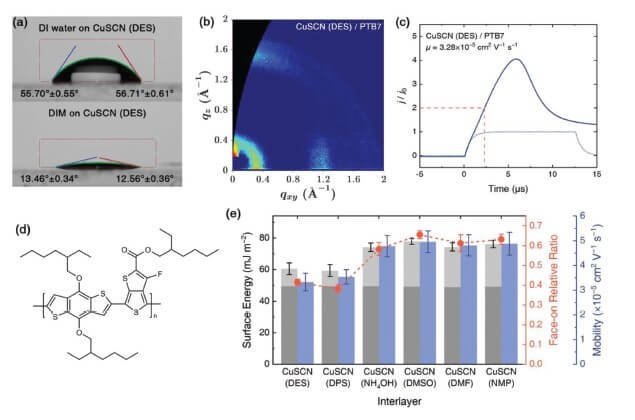

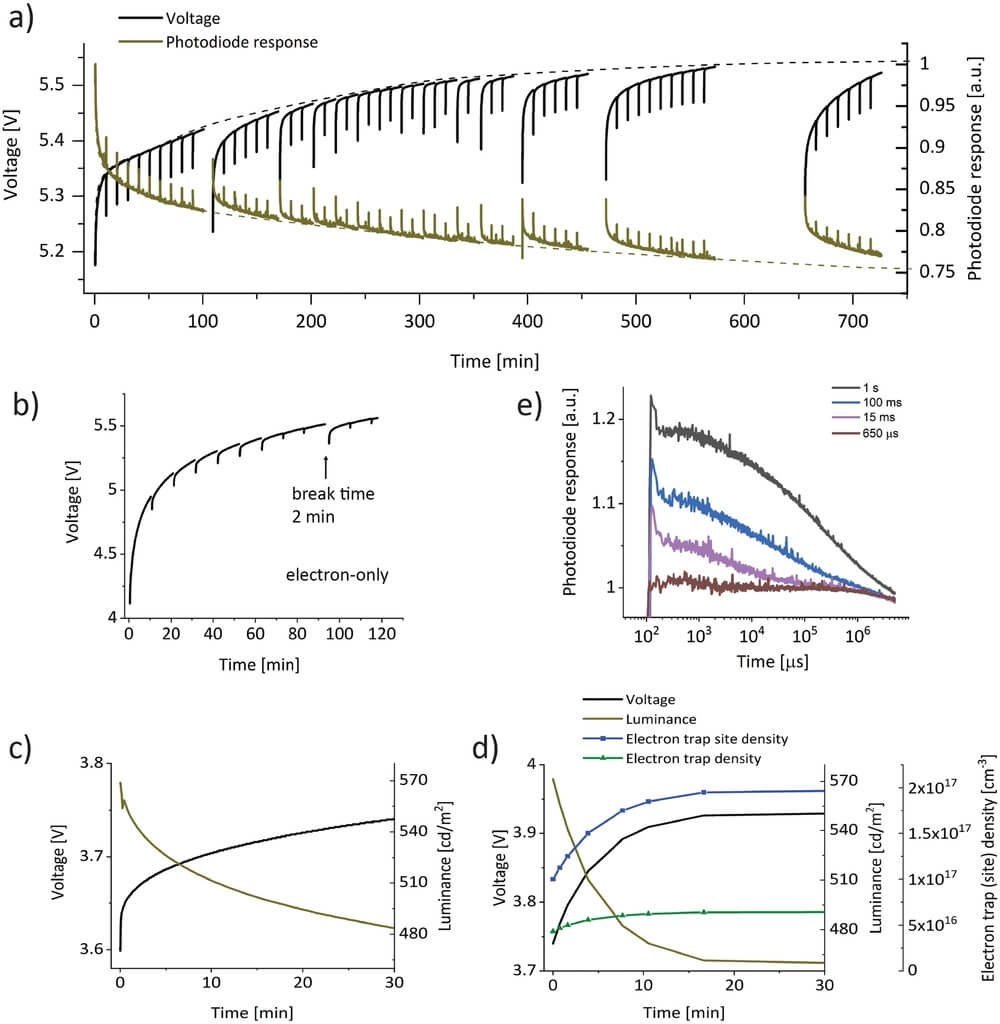


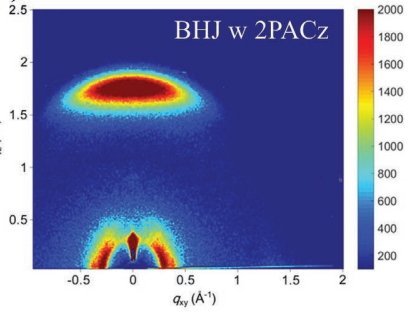
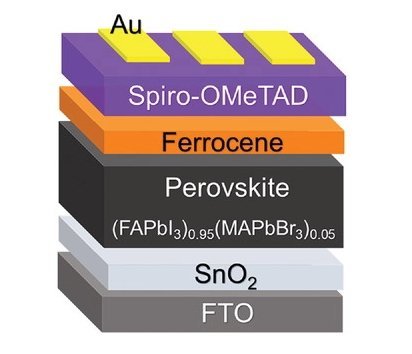

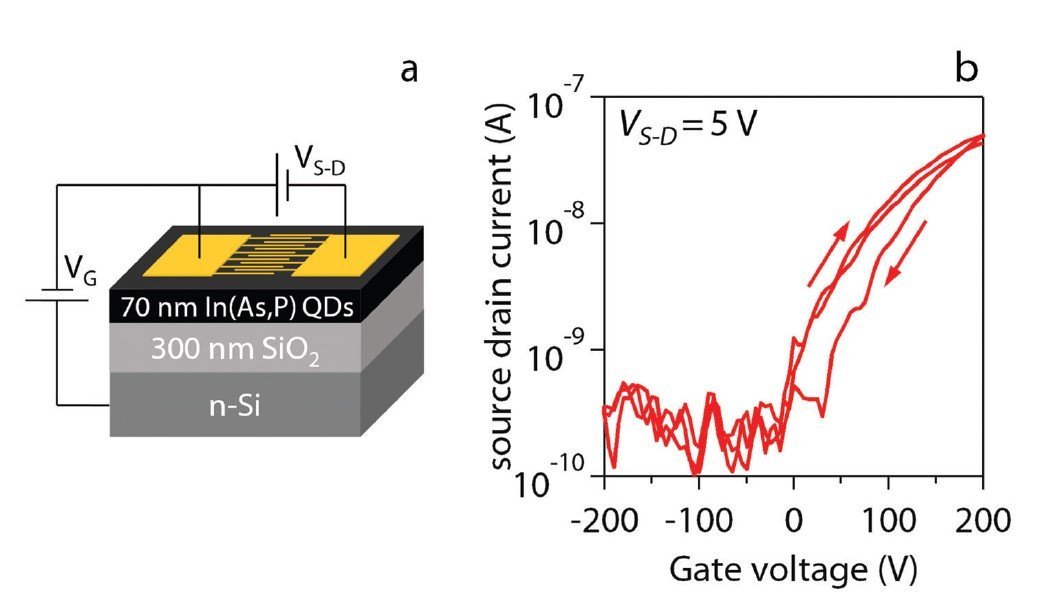




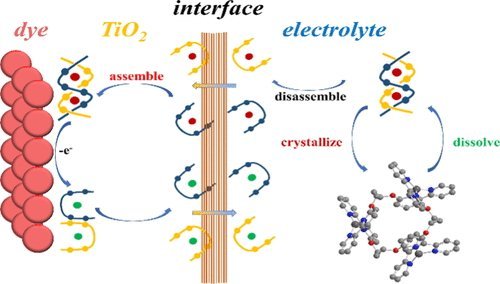
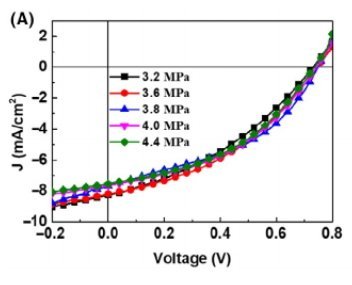
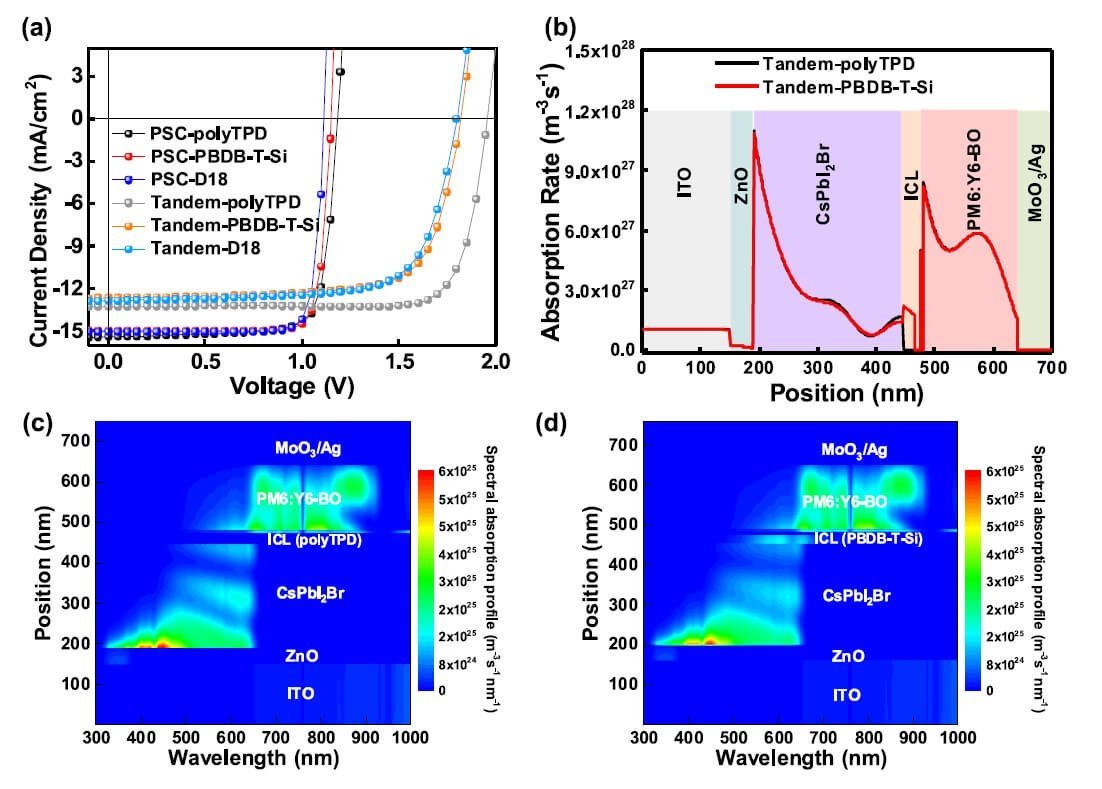
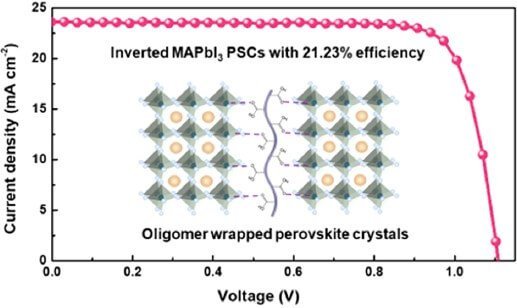
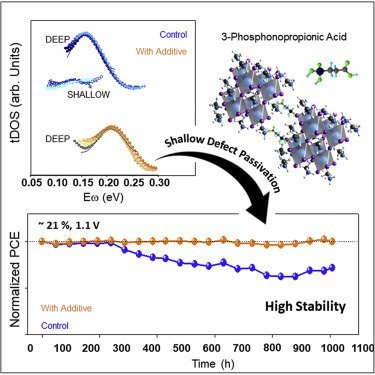
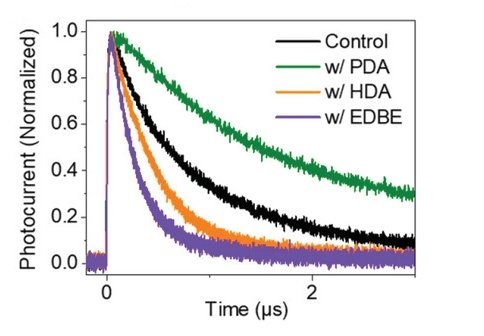
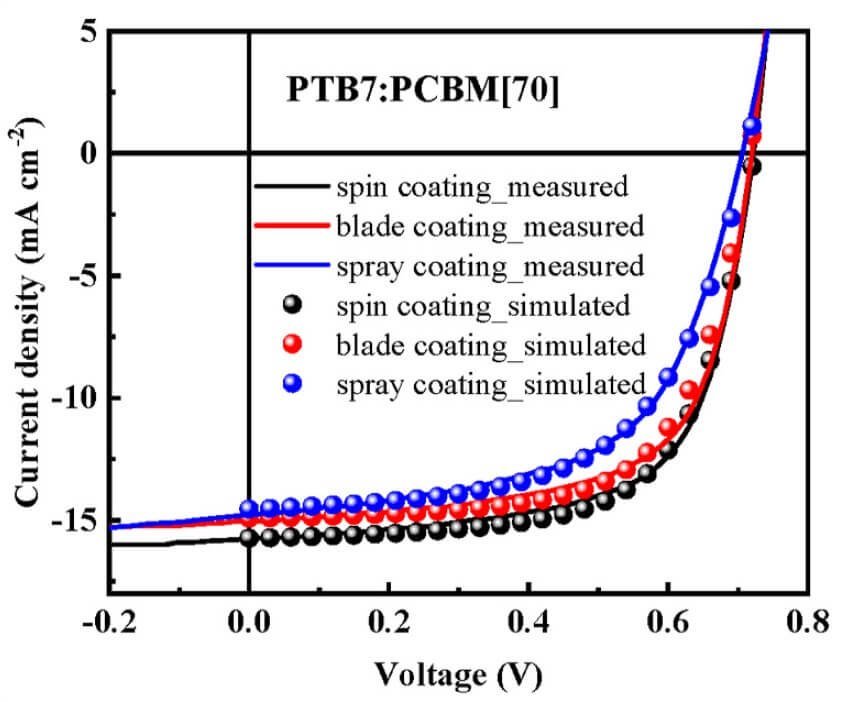



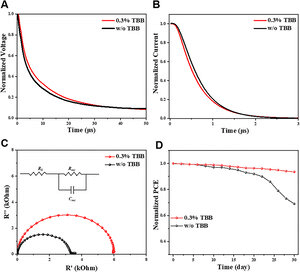
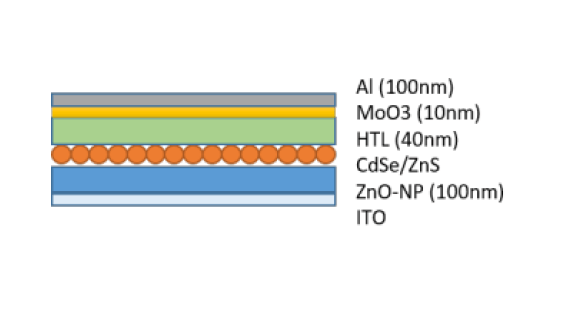
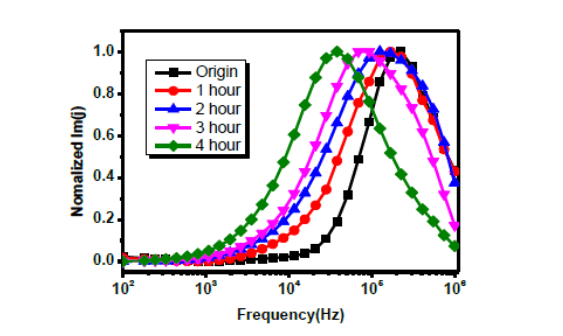

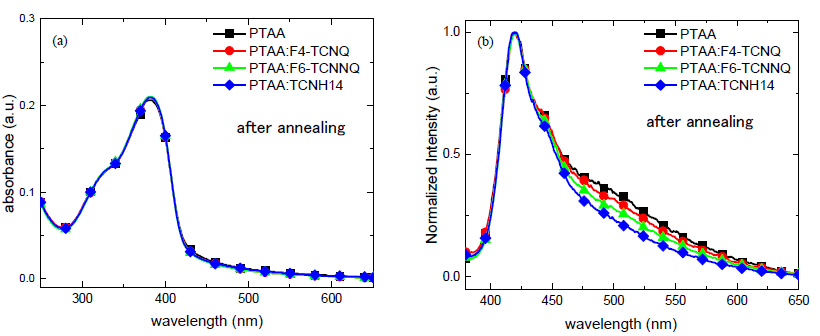
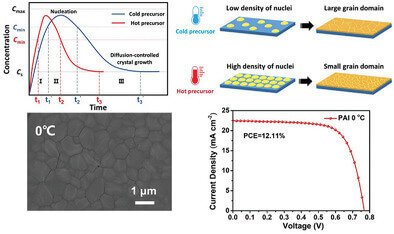
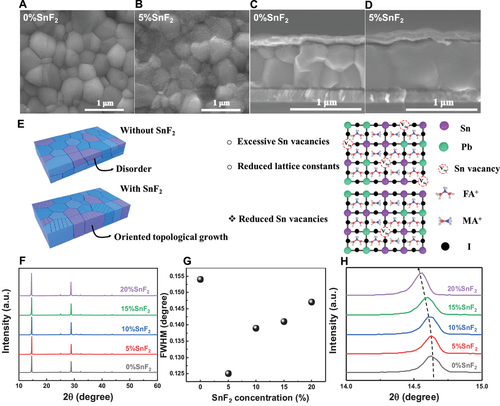
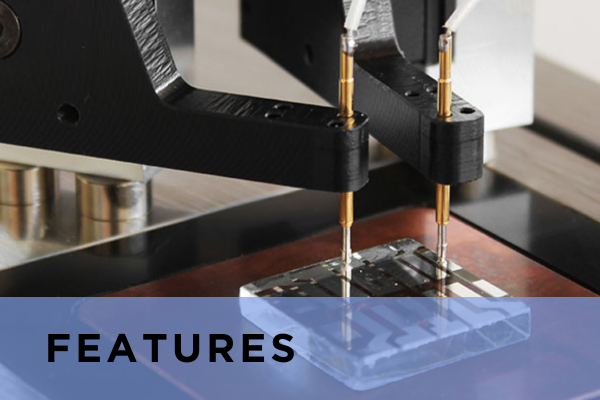


J. Roy, M. Forzatti, A. Martín, I. Ara, E. Stanzani, S. Jenatsch, H. J. Bolink, S. Fuertes, D. Tordera, V. Sicilia, Adv. Optical Mater. 2025, 2500051.